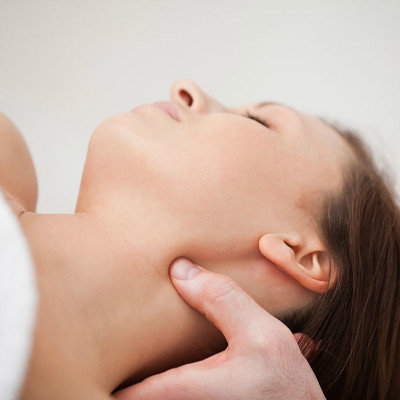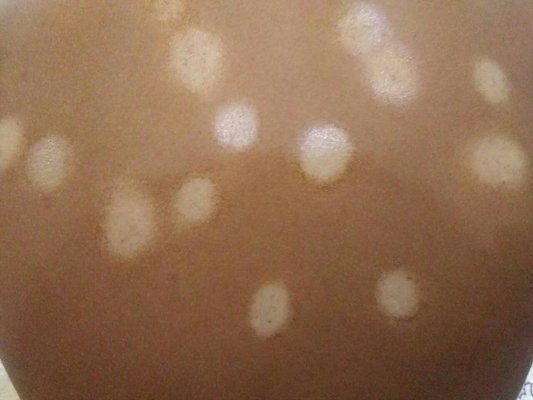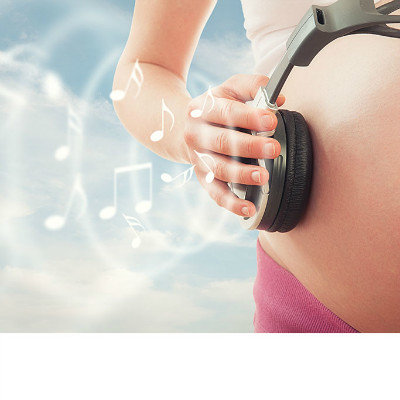Vestibular neuritis of inner ear?
summary
The nerve trunk is divided into cochlear nerve and vestibular nerve. The cochlear nerve originates from the bipolar cells of the spiral ganglion of the inner ear, and the peripheral processes terminate in the cortical apparatus of the inner ear. The vestibular nerve originates from bipolar cells of vestibular ganglion in inner ear, and the peripheral process ends at the cyst spot and ampullary ridge. Hearing, nystagmus and ataxia can be examined to understand the function of auditory nerve. Vestibular neuritis of inner ear? Let's talk about it
Vestibular neuritis of inner ear?
Vestibular neuritis is the phenomenon that the vestibular nerve in the vestibular system of the inner ear is inflamed and causes severe vertigo. It usually occurs in young or middle-aged people. The symptoms of vertigo are usually sudden and severe. The feeling of vertigo may be whirling, shaking and shaking like an earthquake, accompanied by intense palpitation, cold sweat, nausea and vomiting.

As long as the patient moves, it will cause serious dizziness, so often can only stay in bed. This horrible feeling usually lasts 24 to 72 hours (acute attack period), followed by a recovery period of several days to several weeks. The patient may feel unbalanced or walk unsteadily, but the condition of dizziness will be much better.

Vestibular neuritis can cause serious dizziness, but there will be no hearing loss, tinnitus phenomenon. In addition, neurological examination showed no other abnormalities, such as facial nerve paralysis, unilateral weakness and numbness of hands and feet, unclear speech or blurred consciousness. This is particularly important for the elderly with diabetes and high blood pressure, because the elderly are at high risk of stroke, and some stroke is manifested by dizziness and the above symptoms at the beginning, so we should not be careless! In addition, observing the eyes of such patients will find that the eyeball produces rapid and regular movement back and forth, which is called nystagmus. Sometimes, the doctor will carry out the temperature difference test of the inner ear for the patient, that is, pour cold water or hot water into the ear to observe and measure the eye vibration for evaluation. The diagnosis of this disease is generally based on the doctor's detailed history and physical examination.

matters needing attention
The course of vestibular neuritis is long, and vertigo may occur repeatedly, which has a great impact on the quality of life. Although drugs can effectively control the disease, we should take more rest, eat a balanced diet, and supplement more foods containing ginkgo biloba and group B nutrients to help prevent vertigo.

















